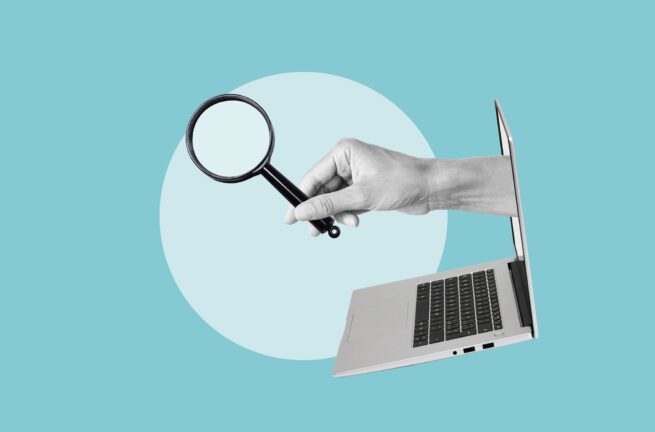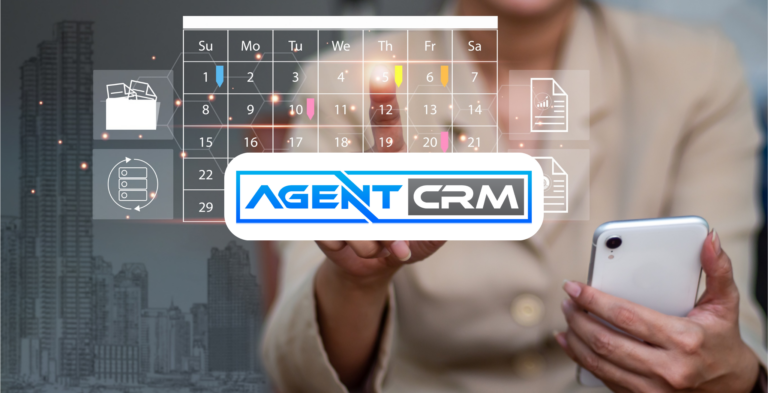The exploration phase is nothing short of a critical juncture. It's during this phase that potential customers embark on a journey of self-education, seeking to understand their needs, exploring available options, and ultimately deciding on their purchase. For businesses, the stakes couldn't be higher, as this initial interaction can be the make-or-break moment for customer engagement.
While some might perceive the customer journey as commencing at the point of adding items to a cart or finalizing a transaction, the reality is more nuanced. The exploration phase sets the stage for what follows, akin to the preparation and warm-up before a race. It's the phase where strategies are honed, preferences identified, and crucial decisions formulated.
Picture potential customers as runners on the starting line of a race. Some have meticulously trained, possessing a clear vision of their objectives and a well-defined path to achieve them—these are the well-informed buyers, confident and resolute. Others are here for the experience, uncertain of their route but eager to learn along the way. These individuals represent the less-informed, those still piecing together their goals. Every runner brings their unique style and expectations, making it imperative for businesses, akin to race organizers, to cater to this diverse audience.
A seamless exploration experience, whether in the physical or digital realm, can result in potential customers feeling more confident and trusting. Moreover, this phase presents an opportunity for brands to serve as guides, helping customers not only understand the product but also clarify their own needs. It's a chance for brands to showcase their expertise and commitment to meeting customer requirements. By the end of this phase, potential customers ideally have a product in mind, convinced and prepared to make the actual purchase.
Yet, despite the pivotal role of this exploration phase, my insights gleaned from various episodes of the CX Therapy series reveal a disconcerting trend: many companies appear to underestimate its significance. So, what are the potential pitfalls that businesses often encounter during this crucial phase?

What are the most common causes for a failed exploration phase?
The exploration phase of the customer journey is riddled with common gaps that businesses frequently overlook, leading to a less-than-ideal customer experience. One prevalent issue is the tendency to treat all potential buyers as experts.
Businesses often fail to recognize that a diverse customer base exists, including those who may need more guidance and education to make informed decisions. When companies provide information geared solely toward experienced buyers, they alienate a substantial portion of potential customers who require more hand-holding and simplified explanations.
Another significant gap occurs in physical stores, where inadequately trained staff can hinder the exploration process. Customers often rely on store personnel for assistance and product knowledge. However, when staff members lack proper training or knowledge about the products they are selling, it can result in a frustrating experience for customers who are seeking guidance and information.
In the digital realm, the absence of effective online filtering options is a common stumbling block. Many online shoppers expect the ability to filter products based on specific criteria that matter to them. When businesses provide limited or inefficient filtering tools, customers are forced to sift through an overwhelming array of options, making the exploration process time-consuming and discouraging. These common gaps in the exploration phase underscore the importance of tailoring the customer experience to cater to a diverse range of needs and knowledge levels, both online and offline. Businesses must address these issues to ensure that potential customers can navigate this critical phase with ease and confidence.
What is the impact of such gaps?
The impact of these common gaps in the exploration phase can be profound, affecting both customers and businesses alike.
For customers, these gaps often result in a protracted and frustrating exploration experience. They may feel lost in a sea of details, struggling to discern which products align with their specific needs. This can lead to wasted time, increased frustration, and a potential loss of trust in the brand's ability to guide them effectively.
As customers encounter confusion and complexity during this phase, they are more likely to prematurely abandon their exploration, resulting in lost sales for businesses. Additionally, these negative experiences can leave a lasting negative impression, tarnishing the brand's reputation and diminishing customer loyalty.
From a business perspective, the implications are twofold. First, there's an immediate loss of potential sales when customers can't find or understand what they're looking for. This can lead to missed revenue opportunities and decreased profitability. Second, there's a longer-term reputational risk. Businesses that fail to provide clear product information, train their staff effectively, or cater to customer preferences risk being perceived as unhelpful or even deceptive. This not only impacts current sales but also threatens the brand's long-term viability and competitive standing in the market. In summary, these common gaps in the exploration phase pose significant challenges for both customers and businesses, affecting the overall customer experience and business success.
What can brands do about it?
Considering the various gaps we have identified earlier, a few solutions can be deployed to better assist consumers during their exploration phase.
Segmenting by User Experience: Since not all customers are educated buyers who know exactly what they want, support them in their exploration by making guides tailored for beginners to assist them in making informed choices. This approach acknowledges and supports customers at different stages of their exploration journey.
Tailoring Product Quizzes: Implement interactive quizzes that help customers define their preferences and receive personalized product recommendations. Thesequizzes streamline the exploration phase, making it easier for customers to discover products that align with their specific needs.
Making Content Transparent: Foster trust by linking to independent third-party websites that provide unbiased information about your products and industry. This transparency empowers customers to make informed decisions, enhancing their exploration experience.
Creating Interactive Comparison Tools: When your portfolio contains multiple similar products, offer customers the ability to compare products side by side, highlighting key differences. These tools simplify decision-making and provide clarity during the exploration phase, helping customers make well-informed choices.
Offering Customer Support: Develop a well-trained customer support team that possesses in-depth product knowledge and can guide customers in real-time. Online live chats and well-trained onsite staff can significantly improve the exploration experience by providing immediate assistance and building customer confidence.
By implementing these fixes, businesses can address the common gaps in the exploration phase, creating a smoother and more engaging experience for customers while also optimizing their own potential for sales and customer loyalty. For a more in-depth exploration of this topic and other critical issues impacting the customer experience, I invite you to delve into my book, "Customer Experience Unearthed."









